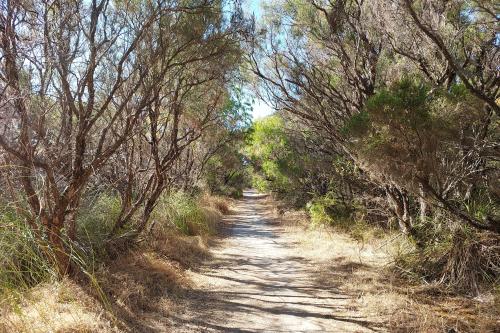About this place
The most striking things about the thrombolites are their limestone colour and rounded shape. The thrombolite-building micro-organisms are too small for the human eye to see and resemble the earliest forms of life on Earth.
The discovery of modern examples helped scientists to understand the significance of micro-organisms in the environment and unravel the long history of life on Earth.
Scientists know little about the thrombolites and why they form at Lake Clifton, but one theory is that they form because the lake is associated with upwellings of fresh groundwater that is high in calcium carbonate. The micro-organisms living in this environment are able to precipitate calcium carbonate from the waters as they photosynthesise, forming the mineralised structure that is the thrombolite.
Lake Clifton’s thrombolites are very fragile, so an observation walkway has been built for visitors to enjoy these incredible formations while protecting them from damage.
Do not leave cash or valuables in your car
Safety information
Plan when to visit. Consider travelling with a personal location beacon (PLB). In the event you need to be rescued it could save your life!
Western Shield - The Department of Biodiversity, Conservation and Attractions undertakes 1080 baiting at this location to reduce the impacts of feral cats and foxes on native wildlife.
Meat baits containing 1080 poison are laid in or around this area on an ongoing basis. 1080 is poisonous to humans and will kill domestic cats and dogs. Pets are not permitted in this park.
For further information contact your local Parks and Wildlife Service office or visit Western Shield.
Gallery
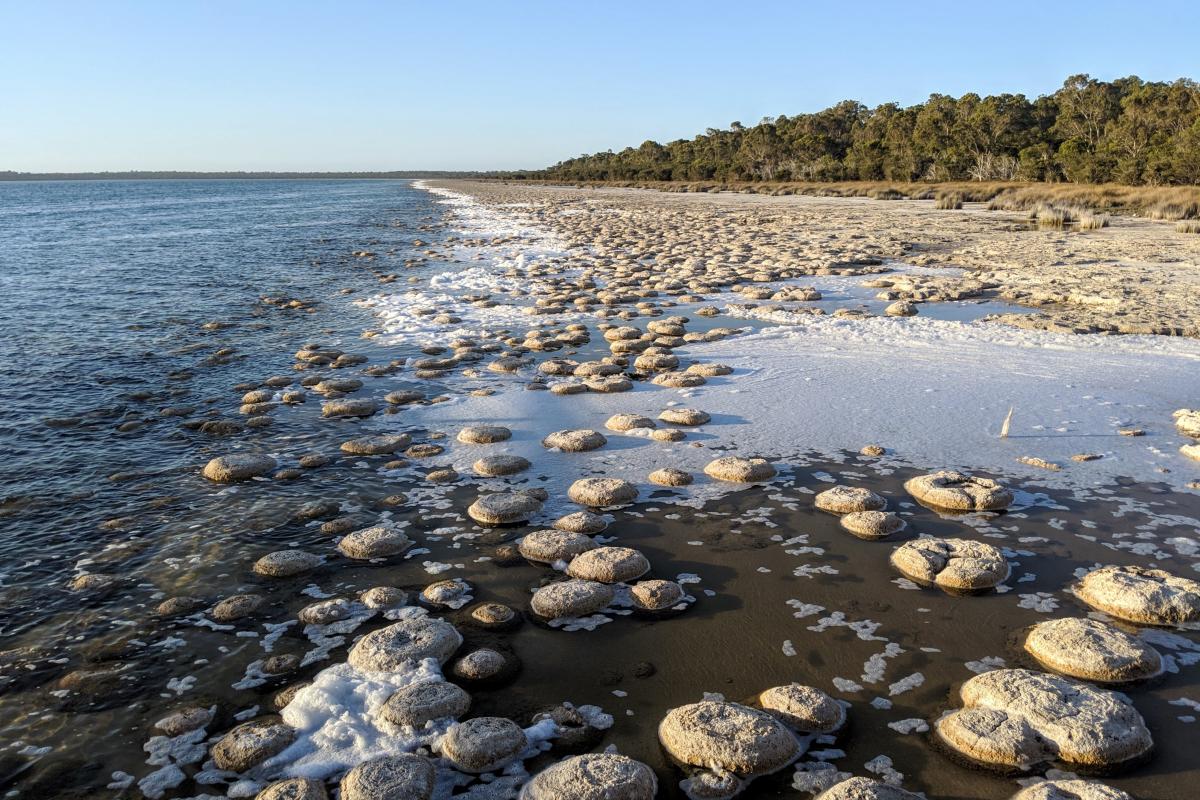
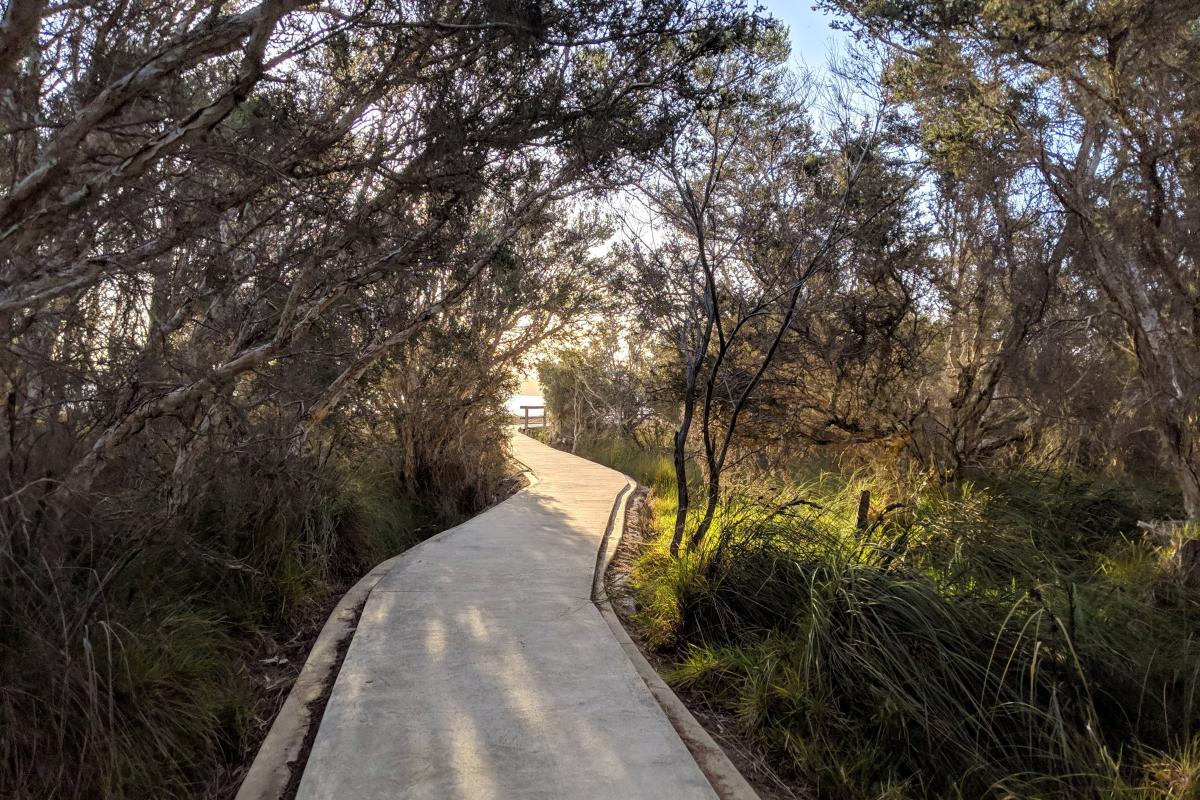
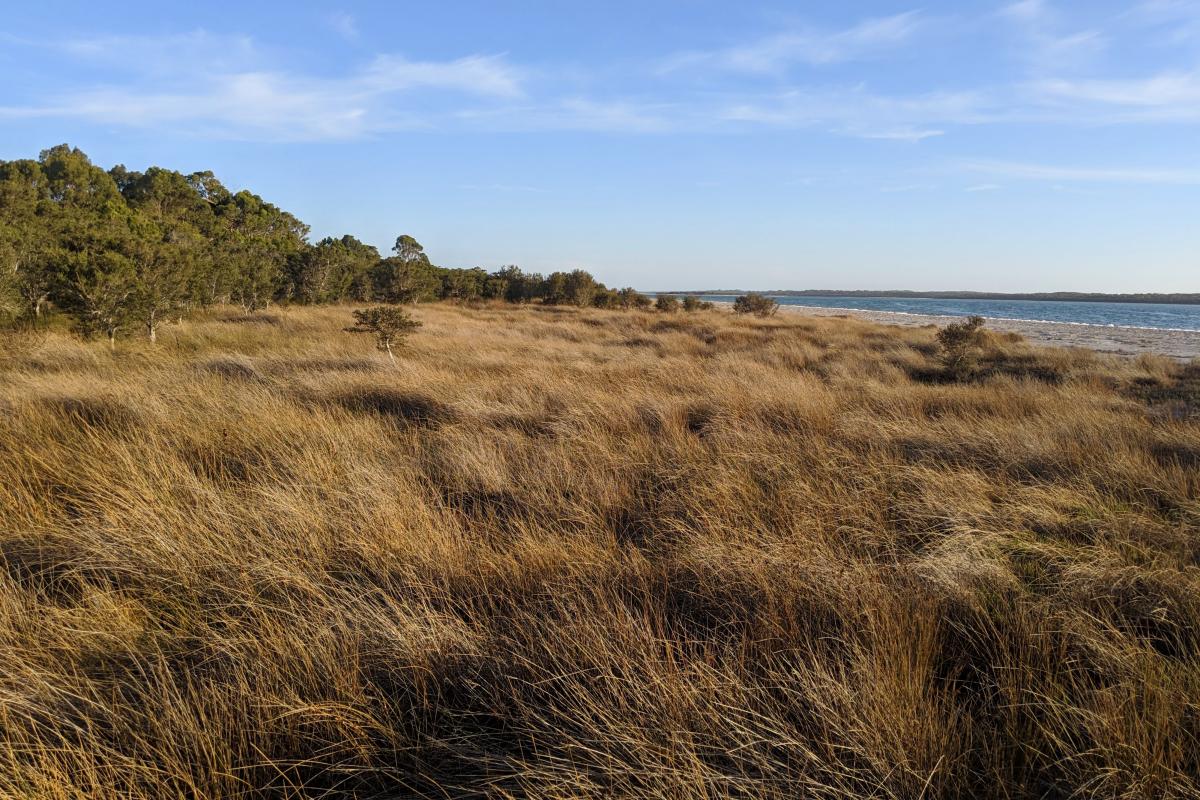
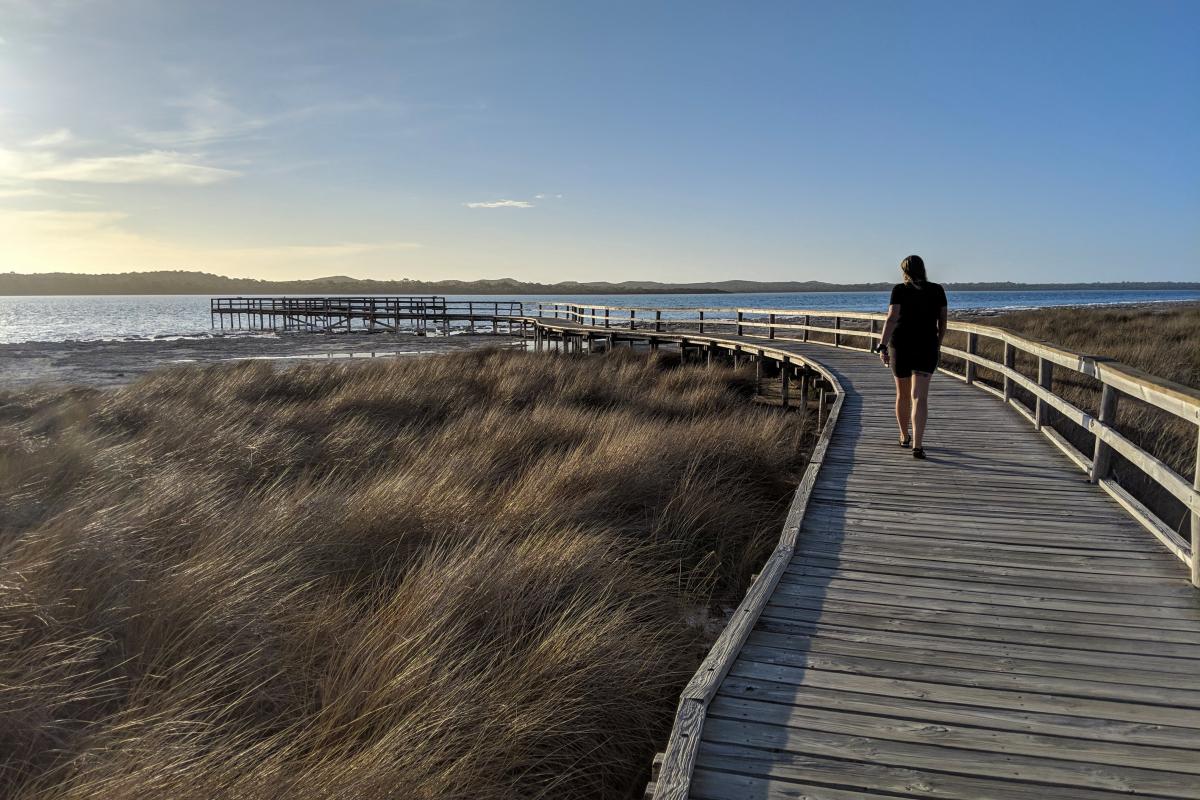
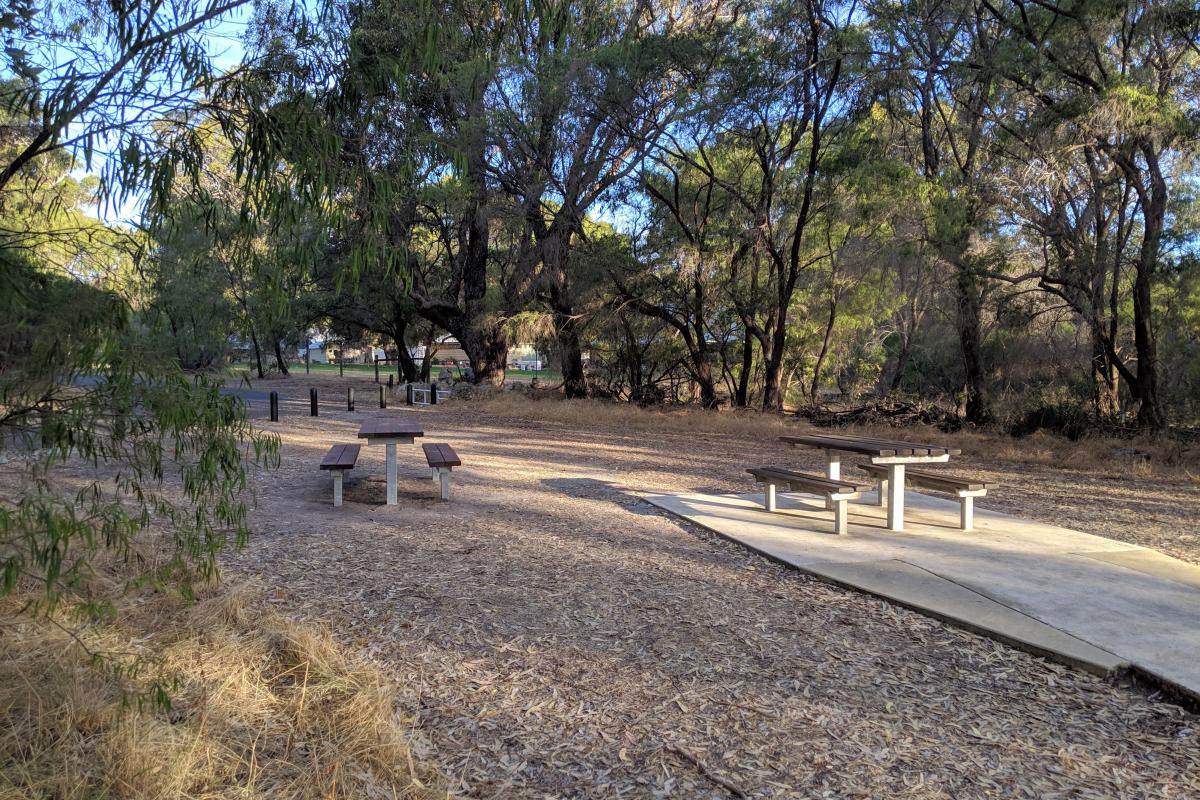

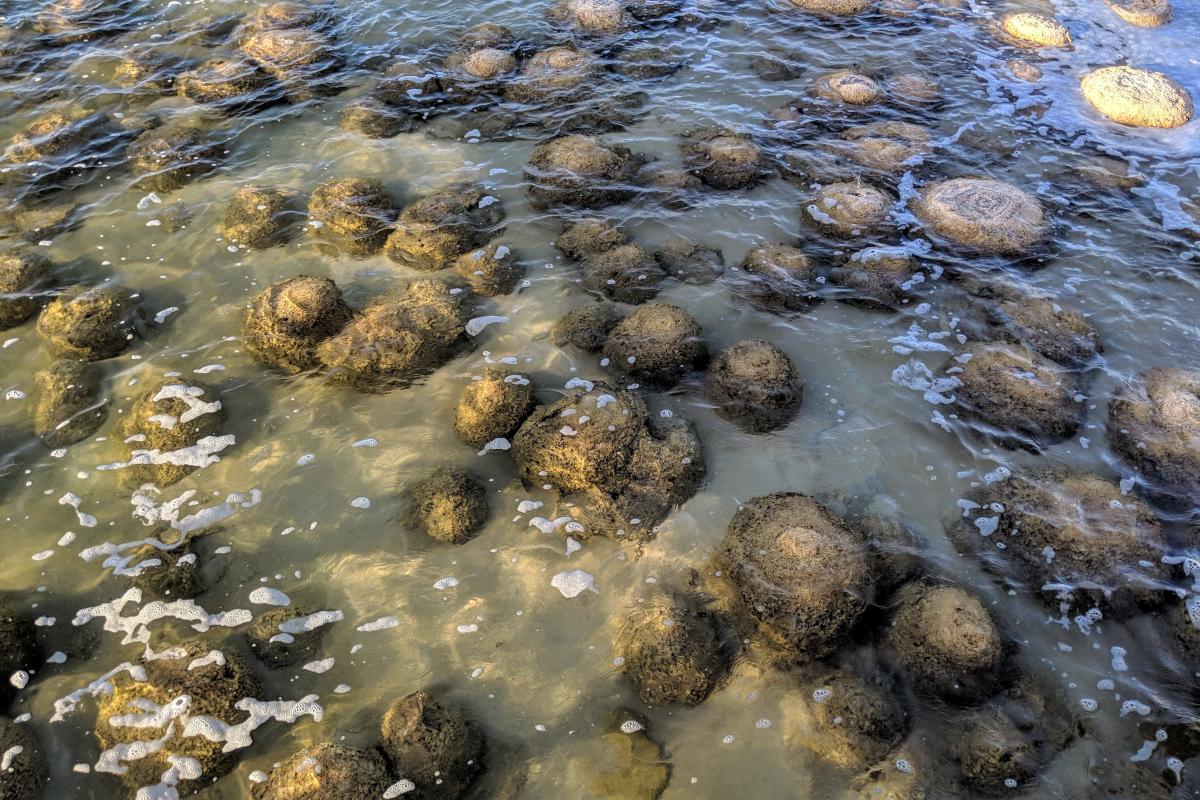
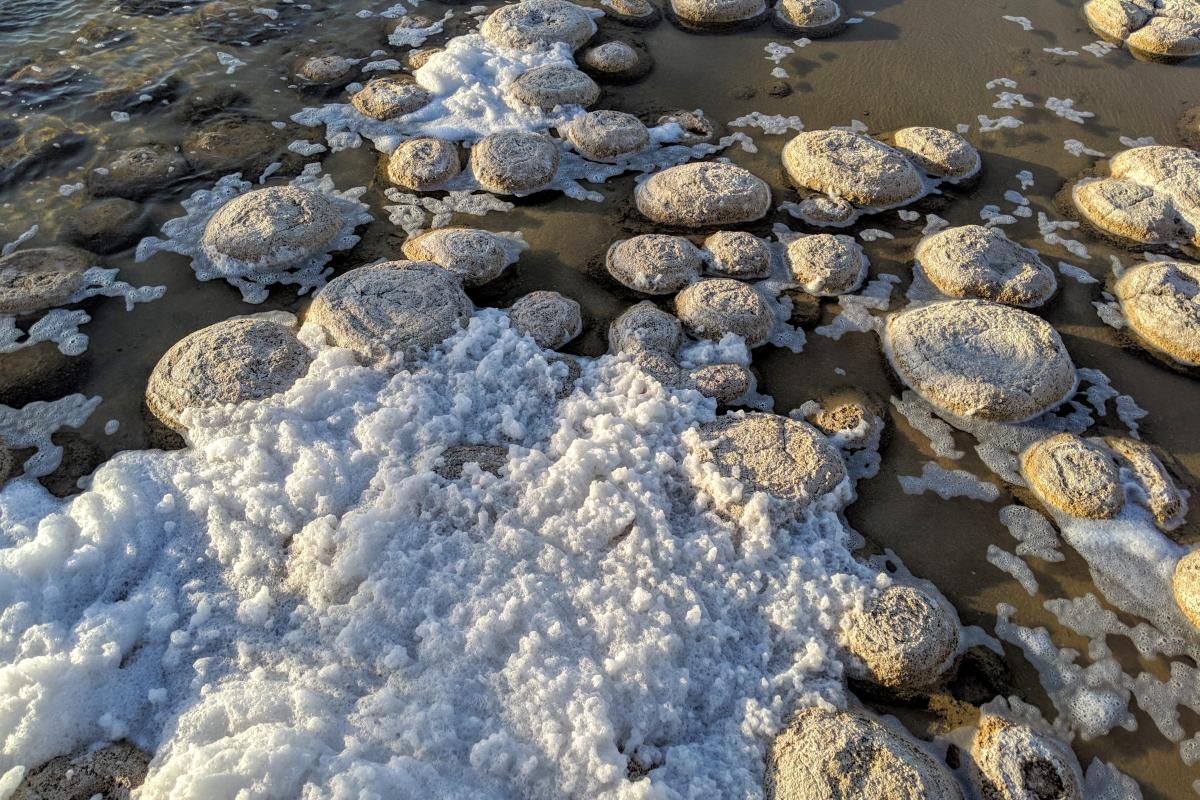
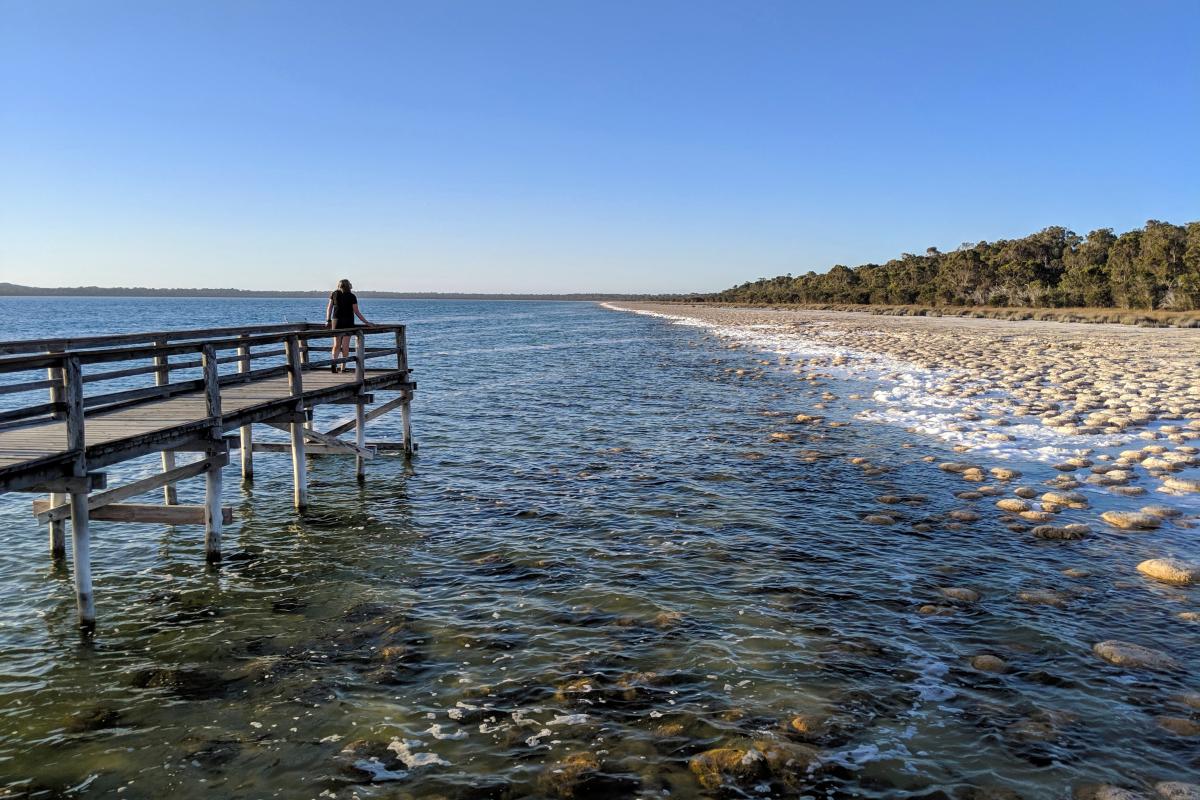
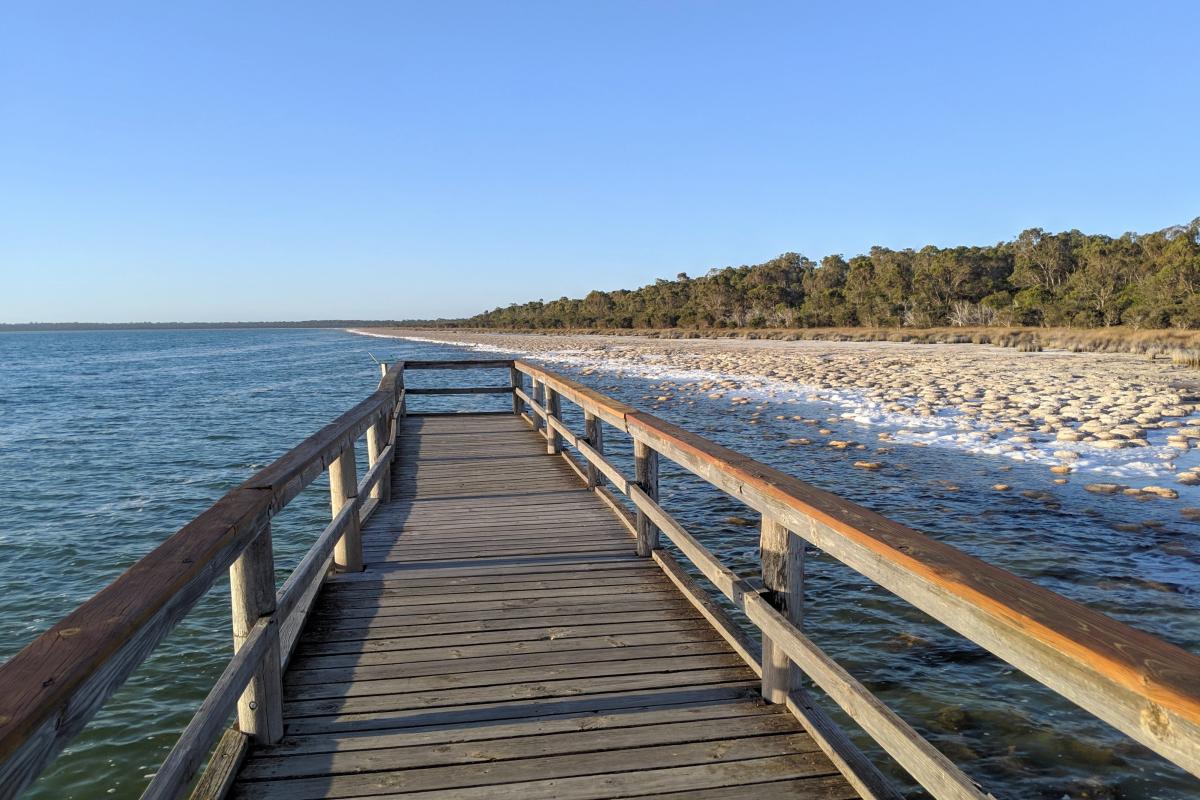
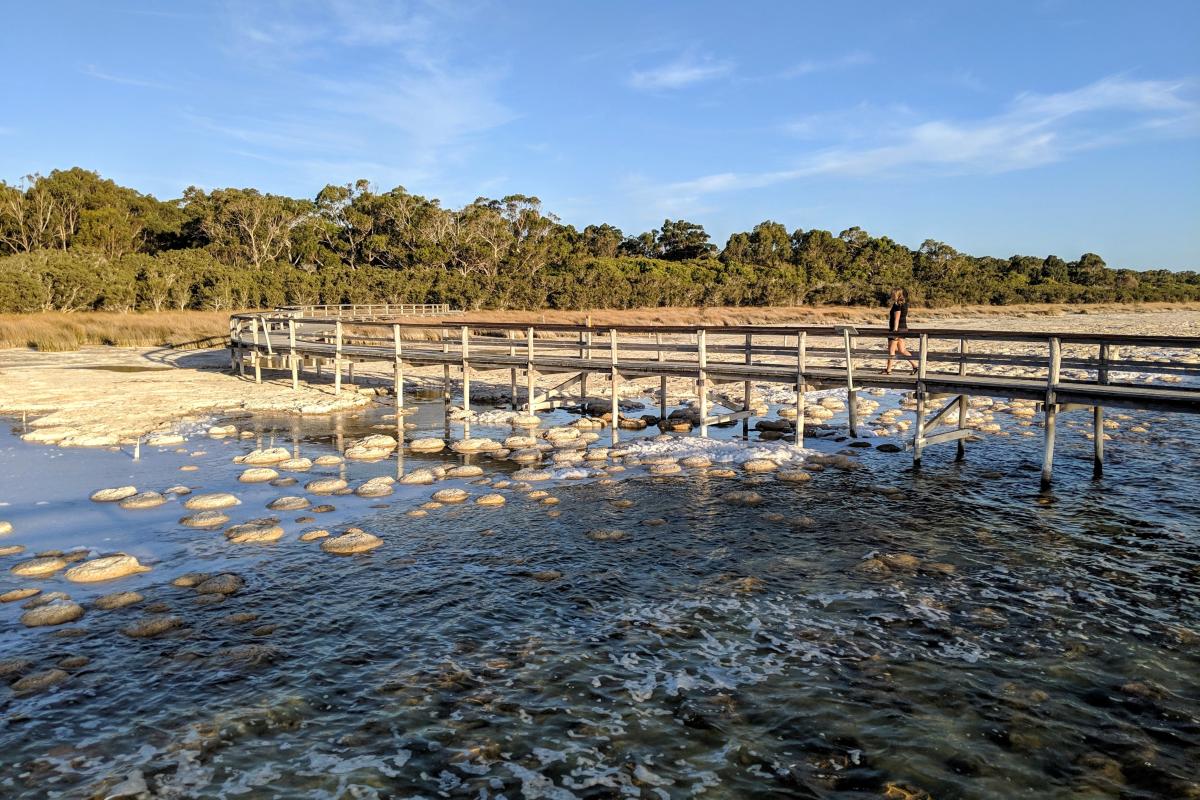
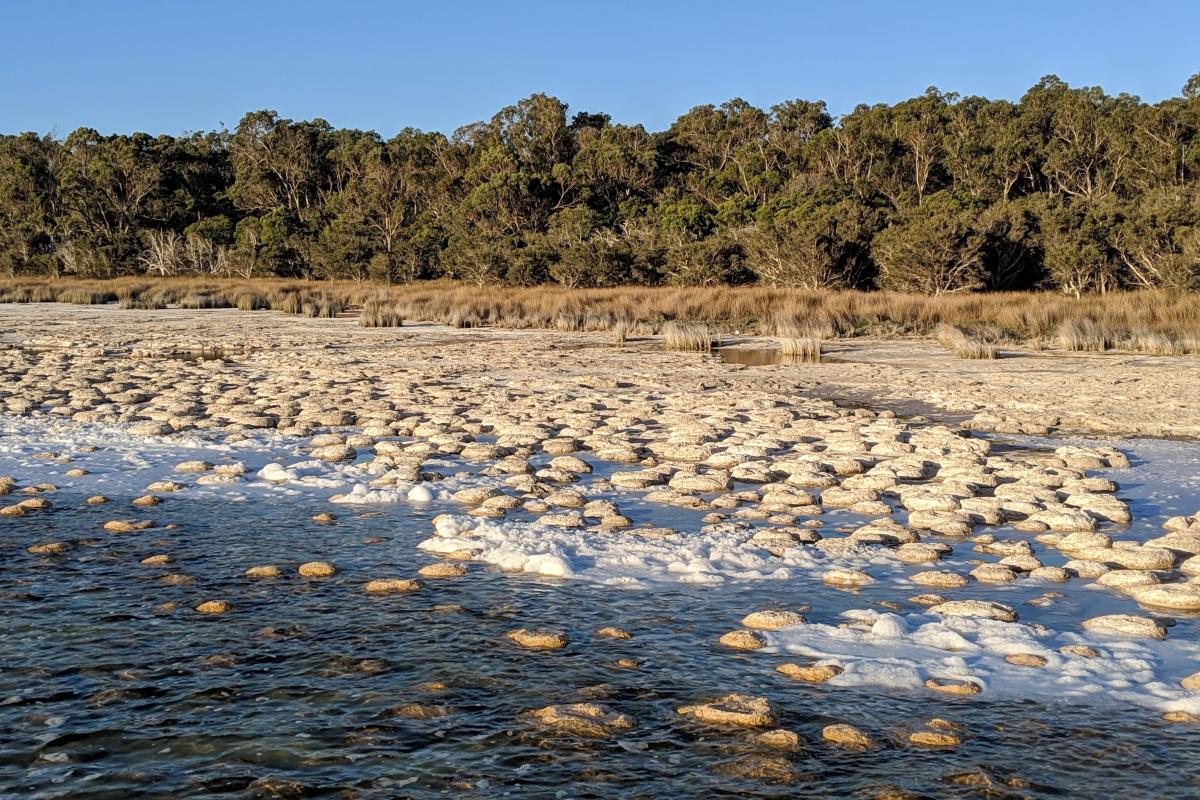
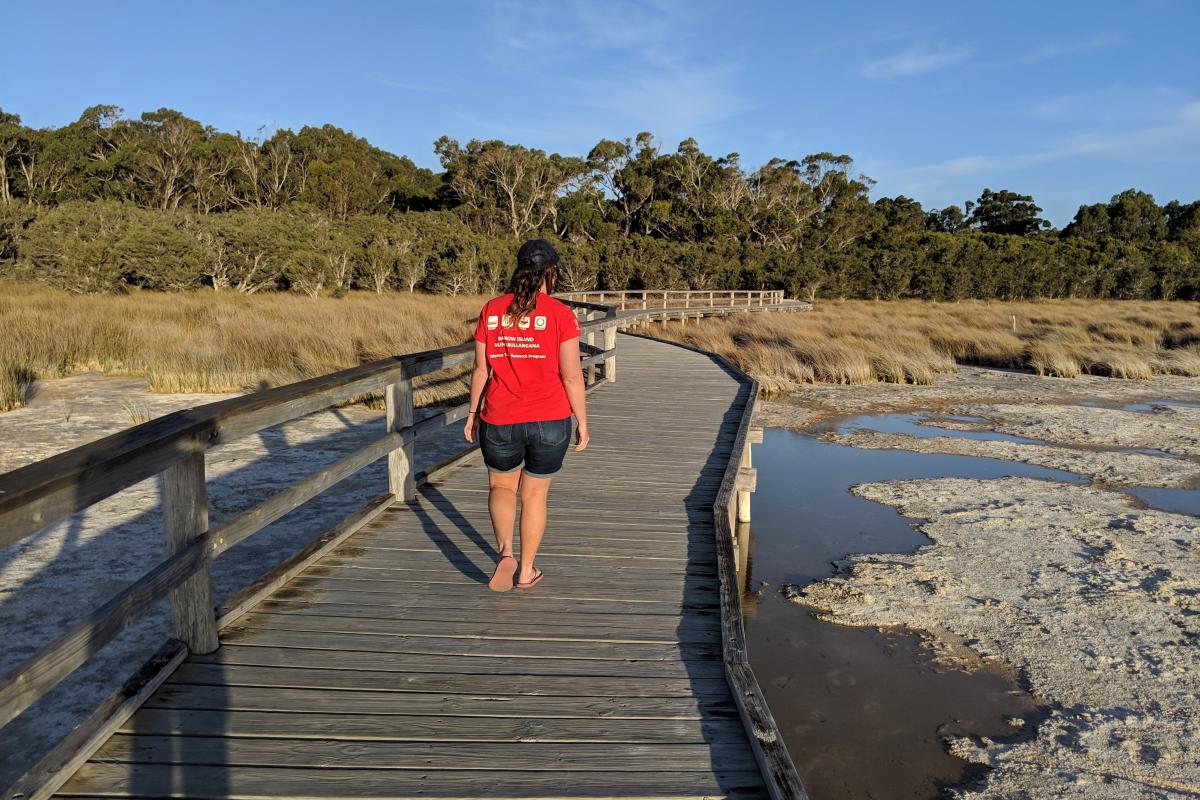
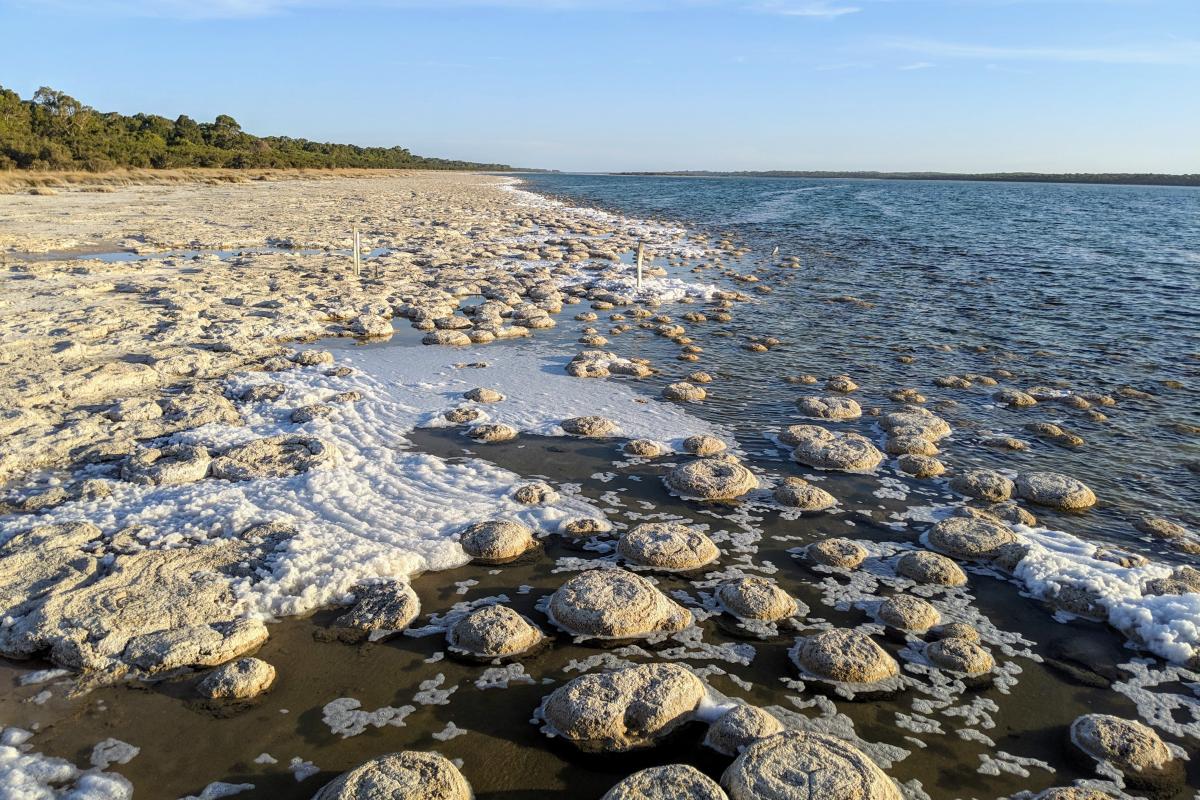
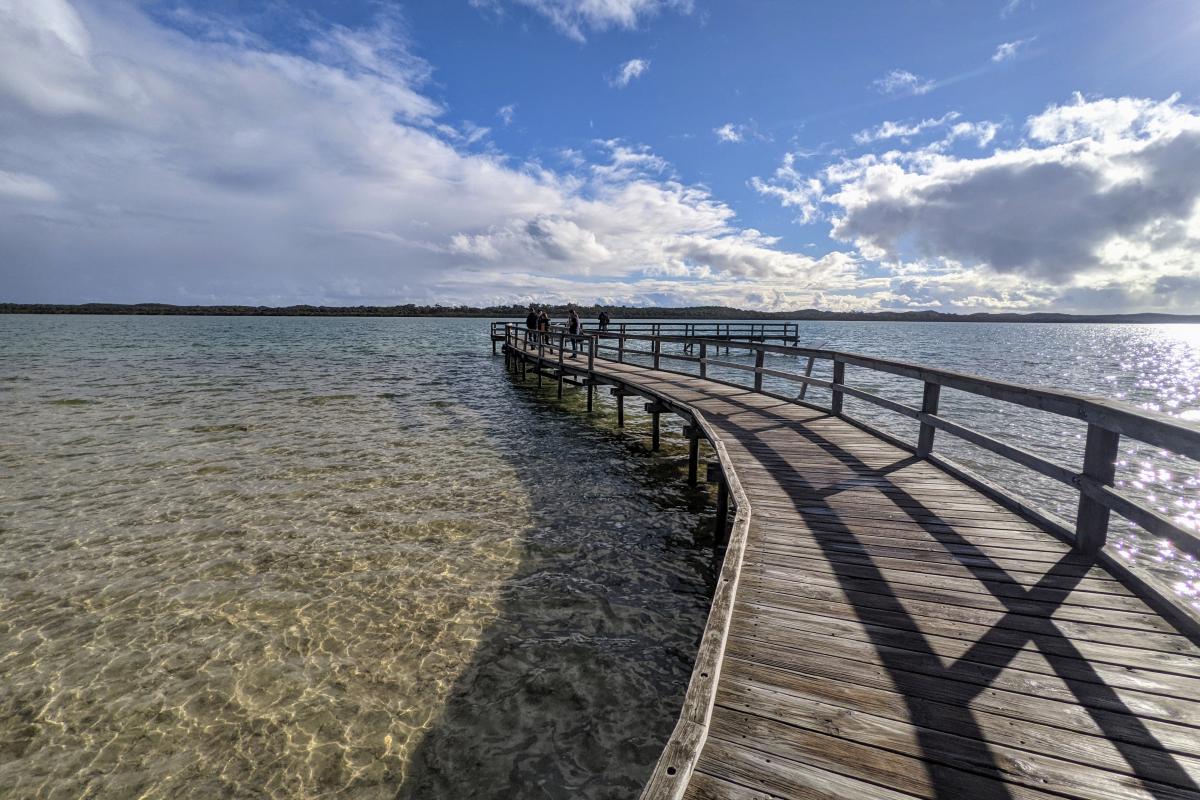

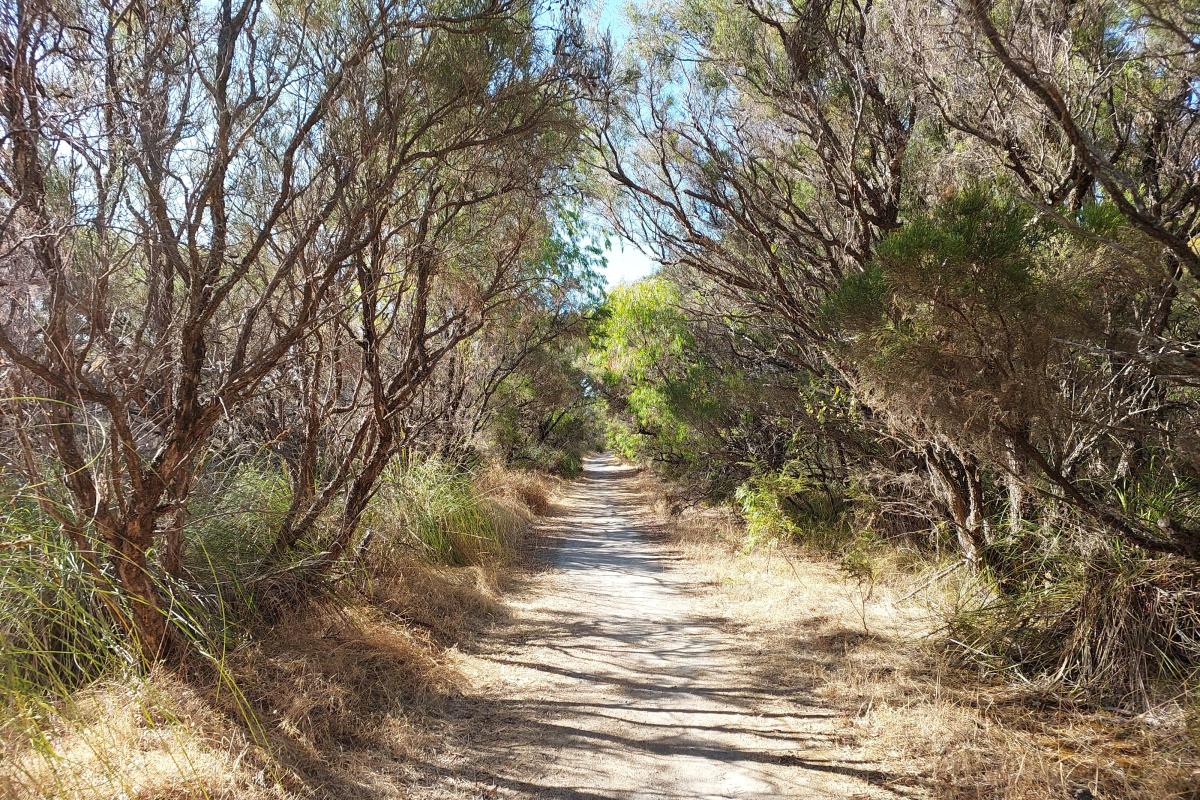
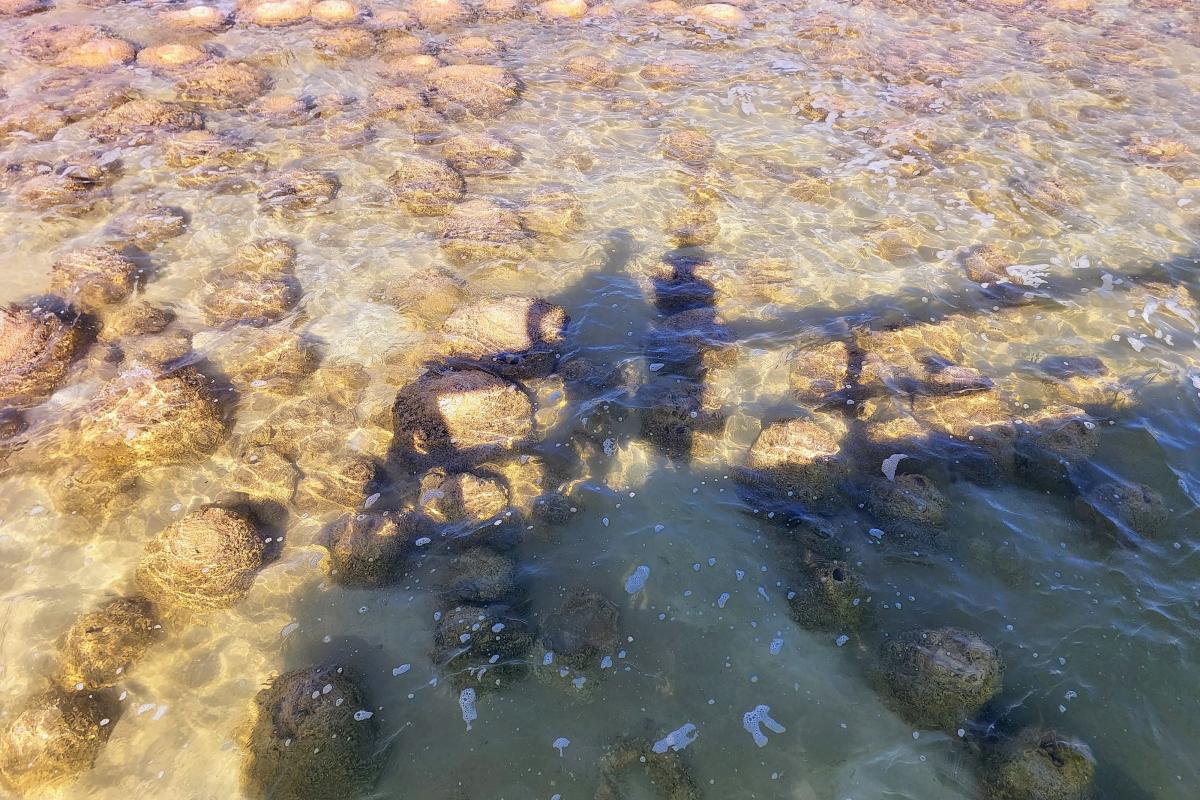
Facilities
Toilet
Picnic table
Jetty
Activities
 Bird watching
Bird watching
 Bushwalking
Bushwalking
 Picnicking
Picnicking
Plants, wildlife and fungi
Visit the Atlas of Living Australia for a list of species recorded within a 5km radius of Lake Clifton Thrombolites.
Traditional Owners
We recognise and acknowledge Pinjarup people as the Traditional Owners of Yalgorup National Park.
